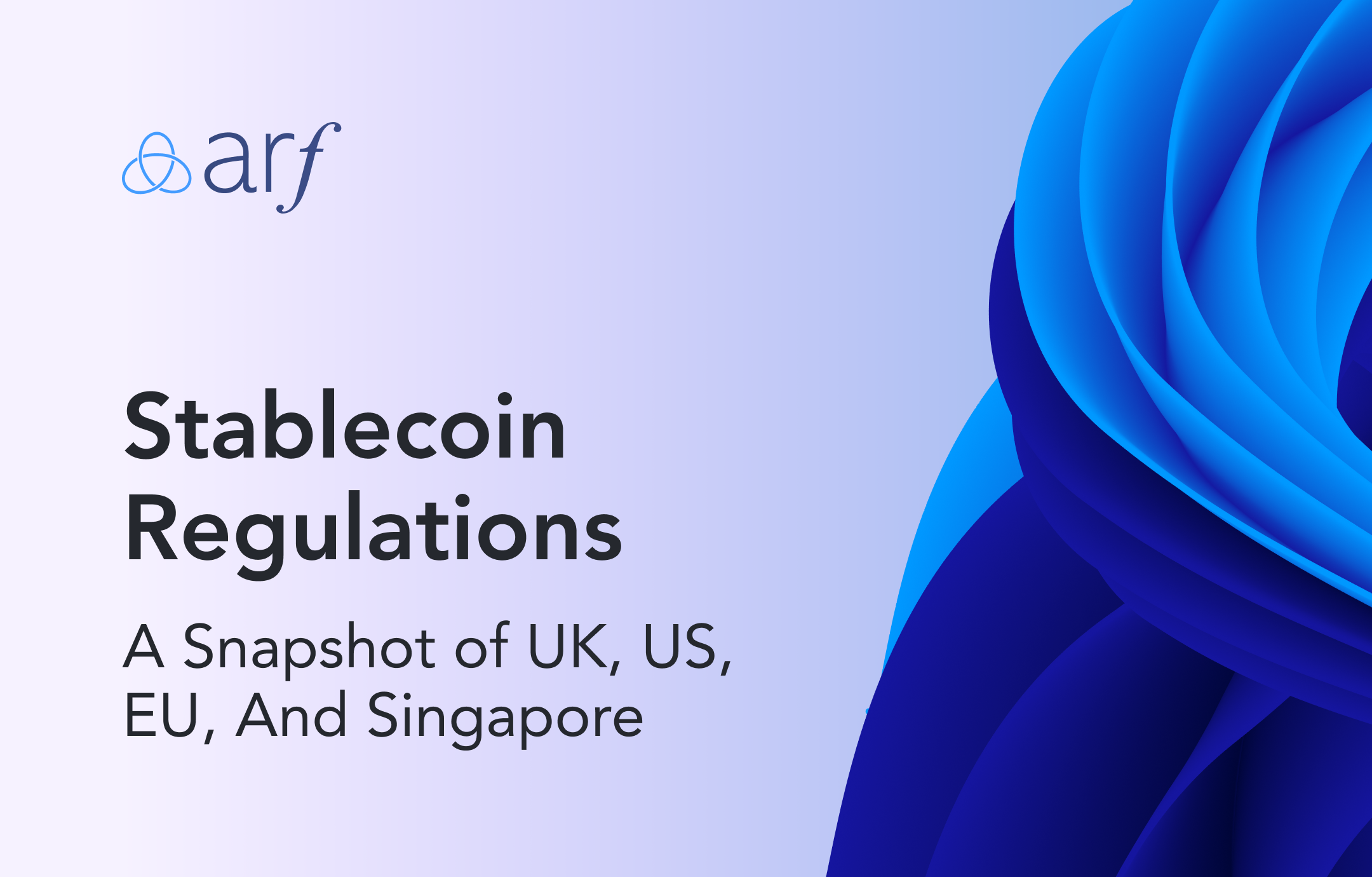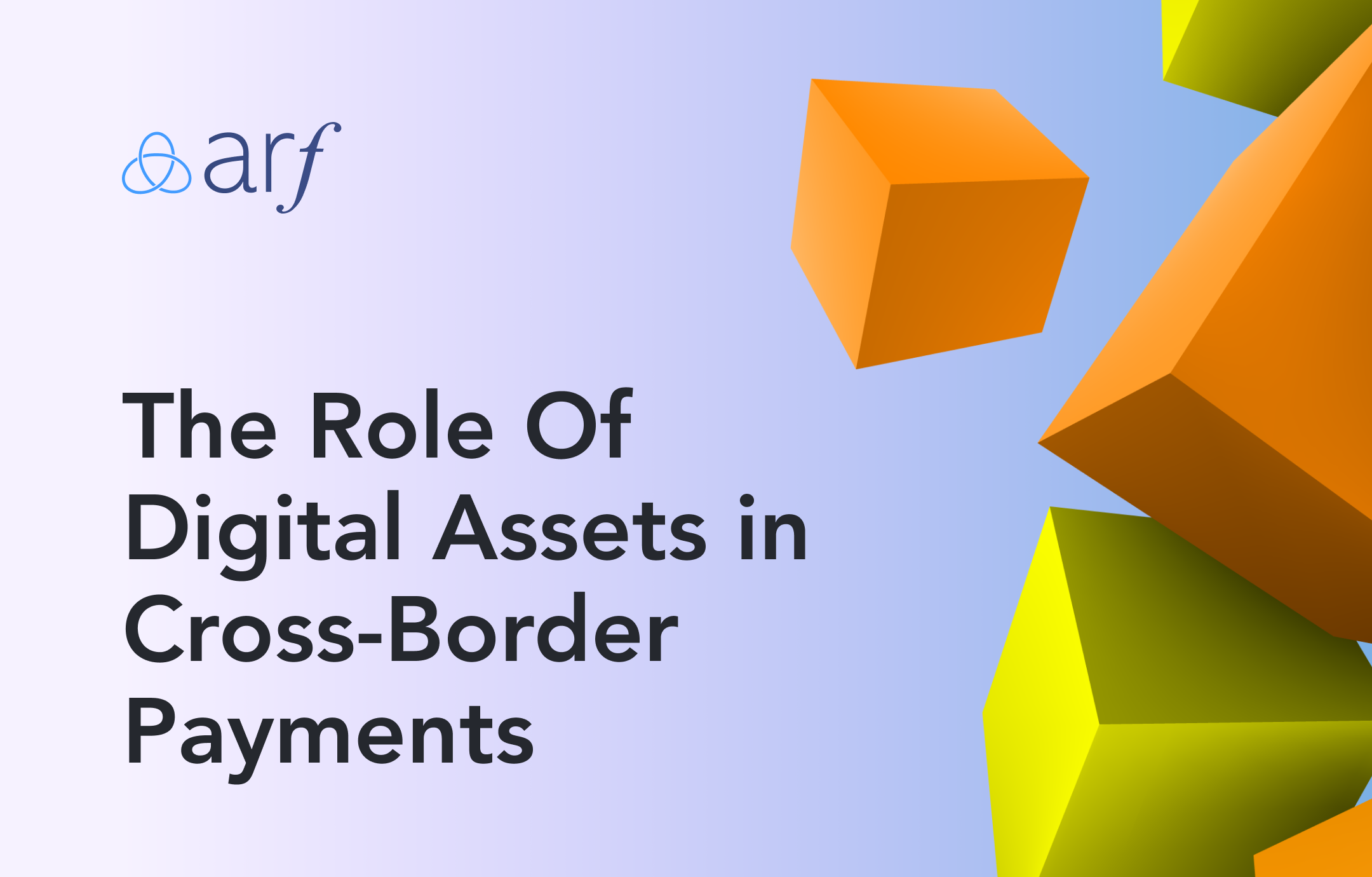Recent regulatory developments reflect increasing confidence in fiat-pegged stablecoins. While regulations had struggled to keep pace with the rapid evolution of cryptocurrencies for some time, the uncertain regulatory landscape did not impede the exponential growth of stablecoins.
Some of the world's largest economies have now begun to establish regulatory frameworks to define, understand, and structure cryptoassets. These efforts aim to provide clarity and safety while keeping up with the swiftly changing landscape. The United Kingdom, European Union, United States, and Singapore have taken significant steps in this direction, underlining their trust in stablecoins and their anticipation of widespread adoption.
Let’s delve into the current regulatory status for stablecoins in these jurisdictions:
United Kingdom
In June 2023, the Financial Services and Markets Bill was given royal assent and also approved by the House of Lords to bring stablecoins into the scope of regulation. It is confirmed that stablecoins will be treated as a means of payment under existing laws.
The FCA will wield regulatory authority over stablecoin issuers and entities offering related services. As with other entities providing payment services and e-money issuance, stablecoin-based payment service entities will need to be established in the UK to provide these services in the UK.
Summary: Firms authorized by the FCA as Electronic Money Institutions (EMIs) in the UK will be in compliance to use stablecoins such as USDC.
European Union
The Regulation of Markets in Crypto-assets (MiCA) has been in development within the EU since 2018. MiCA aims to establish a unified licensing regime across the EU by 2024. Once the regulation is adopted, it will directly apply to all member states and firms seeking to do business in the EU. With the adoption of MiCA, the European Parliament has paved the way for an innovation-friendly crypto-regulation that can set standards worldwide. However, it’s not expected to come into effect before the end of 2023.
Stablecoins like USDC are examined under the ‘e-money token’ category, defined as a type of cryptoasset where the main purpose is to be used as a means of exchange, and that purports to maintain a stable value by referring to the value of a fiat currency. Carrying out activities in issuing tokens and fiat-backed stablecoins is likely to be a ‘crypto-asset service provider’ service.
Summary: Firms regulated as EMIs in the EU can compliantly use stablecoins, such as USDC, for settlement purposes. Until MiCA is enforced and harmonized across the EU, local regulations should be consulted to determine specific registration and compliance requirements.
United States
In July 2023, the U.S. House Financial Services Committee advanced a bill aimed at establishing a federal regulatory framework for stablecoins, which are cryptocurrencies typically pegged to traditional assets, often the U.S. dollar. According to the U.S., stablecoins must be backed by 100% reserves of dollars or high-quality liquid assets like Treasurys.
The bill would have the U.S. Federal Reserve write requirements for issuing stablecoins while preserving the authority of state regulators. Amendments were made to address concerns that stablecoin issuers might evade stringent oversight by opting for state-level regulation.
Summary: Firms registered as Money Services Businesses (MSBs) and holding Money Transmitter Licenses (MTLs) in relevant states can continue to hold and transfer USDC, subject to state-level requirements.
Singapore
In August 2023, The Monetary Authority of Singapore (MAS) unveiled a new regulatory framework governing stablecoins and their issuers within the country. According to MAS, stablecoins are designed to maintain a fixed value vis-a-vis fiat currencies, and when properly regulated to maintain their value stability, can serve as a trustworthy medium of exchange within the cryptoasset ecosystem.
This regulatory framework applies to single-currency stablecoins (SCS) issued in Singapore, pegged to the Singapore dollar or any G10 currency, as these currencies have sufficient high-quality liquid assets to back the SCS. Only stablecoin issuers fulfilling these requirements can seek recognition and labeling of their stablecoins as "MAS-regulated stablecoins."
Summary: In Singapore, firms regulated by MAS under the Payment Services Act (PSA) can use and issue stablecoins like USDC for settlement purposes, as it builds on the traditional payment system, making it more interoperable across borders, facilitating cheap, fast, and instant payments.
Stablecoins promise the future of money
As of October 3rd, stablecoin assets have surged to $124 billion, marking a rapid evolution in the market. Recent regulatory developments reveal that stablecoins hold the promise of transforming the future of money by laying the foundations for a more open, transparent, and inclusive monetary system. However, the main challenge for regulators lies in creating innovation-friendly frameworks that balance technological advancement, risk mitigation, and security.
* Please note that the information in this article reflects the regulatory status in stablecoins as of October 3, 2023, and may change.





